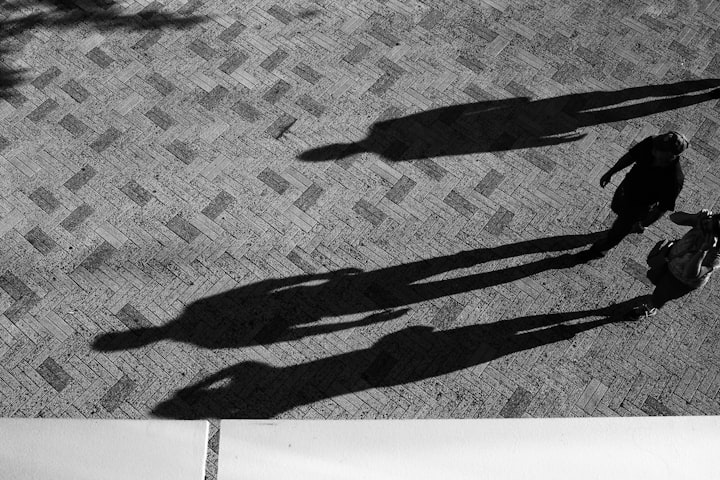What We Can Learn from The Biggest Business Blunders
Making mistakes is part of being human.

Making mistakes is part of being human. I’ve certainly made my fair share over the years. But when you run a business, blunders can be costly — we’re talking millions or even billions of dollars.
Now, I’m not trying to scare you. On the contrary, I want to highlight some of the biggest business mistakes in history so we can all learn from them. As the saying goes, “Good judgment comes from experience and experience comes from bad judgment.”
So let’s walk through some epic fails and see what practical lessons we can apply to our own ventures. I promise to keep this super conversational and actionable. Deal? Ok, let’s do this!
Quaker Oats and the Snapple Disaster
In 1994, Quaker Oats acquired Snapple for a staggering $1.7 billion. Turns out they seriously overestimated Snapple’s potential and underestimated how difficult it would be to scale the brand. Within 27 months they sold Snapple for just $300 million — ouch!
Key Lesson: When acquiring a company, you need an accurate assessment of its value and growth prospects. Relying on hype or intuition instead of cold, hard data can lead to catastrophic overpayment.
Blockbuster Getting Netflixed
In 2000, Blockbuster CEO John Antioco had the chance to buy Netflix for $50 million. He passed. Why? He thought streaming movies online made no sense. Well, we all know how that played out — Netflix went on to decimate Blockbuster, which filed for bankruptcy in 2010.
Key Lesson: Failing to understand new technologies and consumer demand can leave you totally blindsided. Keep an open and curious mind about industry innovations.
Apple Maps Mess
When Apple launched its own maps app in 2012 to replace Google Maps, it was an epic fail. The app had tons of inaccuracies and was far worse than Google’s option. Public outrage and apologies ensued.
Key Lesson: When you aim to displace a popular product or service, you better match (or exceed) its quality. Apple learned this the hard way. Set your sights high from the start.
Toys “R” Us Goes Bust
In the 2000s, Toys “R” Us made some fatal missteps: It focused too much on low-margin big toys instead of higher-margin video games, electronics, and educational toys. And it allowed its stores and website to become outdated and uninspiring. These mistakes drove the iconic toy retailer into bankruptcy.
Key Lesson: Keep your product selection fresh and appealing to customers. Don’t rely on legacy items while your competitors adapt. And regularly reinvent your brand — staying relevant is critical.
Kodak Clings to Film
For decades, Kodak dominated photography and film. But in the 1990s and 2000s, the company dismissed digital cameras as a passing fad even as sales declined. By the time Kodak realized its mistake, it was too late. The company filed for bankruptcy in 2012.
Key Lesson: No matter how strong your market position, you can’t afford to downplay major technological shifts. Keep disruptive innovations on your radar and consider how to apply them.
What It All Means
As you can see, even highly successful companies with smart people at the helm are vulnerable to catastrophic mistakes. Blunders frequently boil down to:
- Misjudging trends and ignoring disruptive innovations
- Failing to understand customer needs and preferences
- Refusing to reinvent ageing brands and experiences
- Overestimating your strengths while competitors pass you by
- Paying excessive prices for acquisitions in the heat of the moment
Mistakes will happen — after all, we’re only human! But keeping these common pitfalls top of mind can help you snatch victory from potential disaster.
Stay nimble, keep learning, solicit input from customers and staff, and be ready to shift course quickly. And don’t beat yourself up over failures — analyze them humbly for lessons instead. That’s the key to getting back on track stronger than ever.
The bottom line is that success comes from good judgment, and good judgment comes from bad judgment and the willingness to learn. So when you stumble, don’t lose heart! Reflect on what went wrong, then use it to fuel your next triumph.
© Buzzedison
Get step-by-step game plans to secure funding, build efficient systems, and scale your business the smart way delivered to your inbox weekly.
About the Creator
Edison Ade
I Write about Startup Growth. Helping visionary founders scale with proven systems & strategies. Author of books on hypergrowth, AI + the future.
I do a lot of Spoken Word/Poetry, Love Reviewing Movies.






Comments
There are no comments for this story
Be the first to respond and start the conversation.